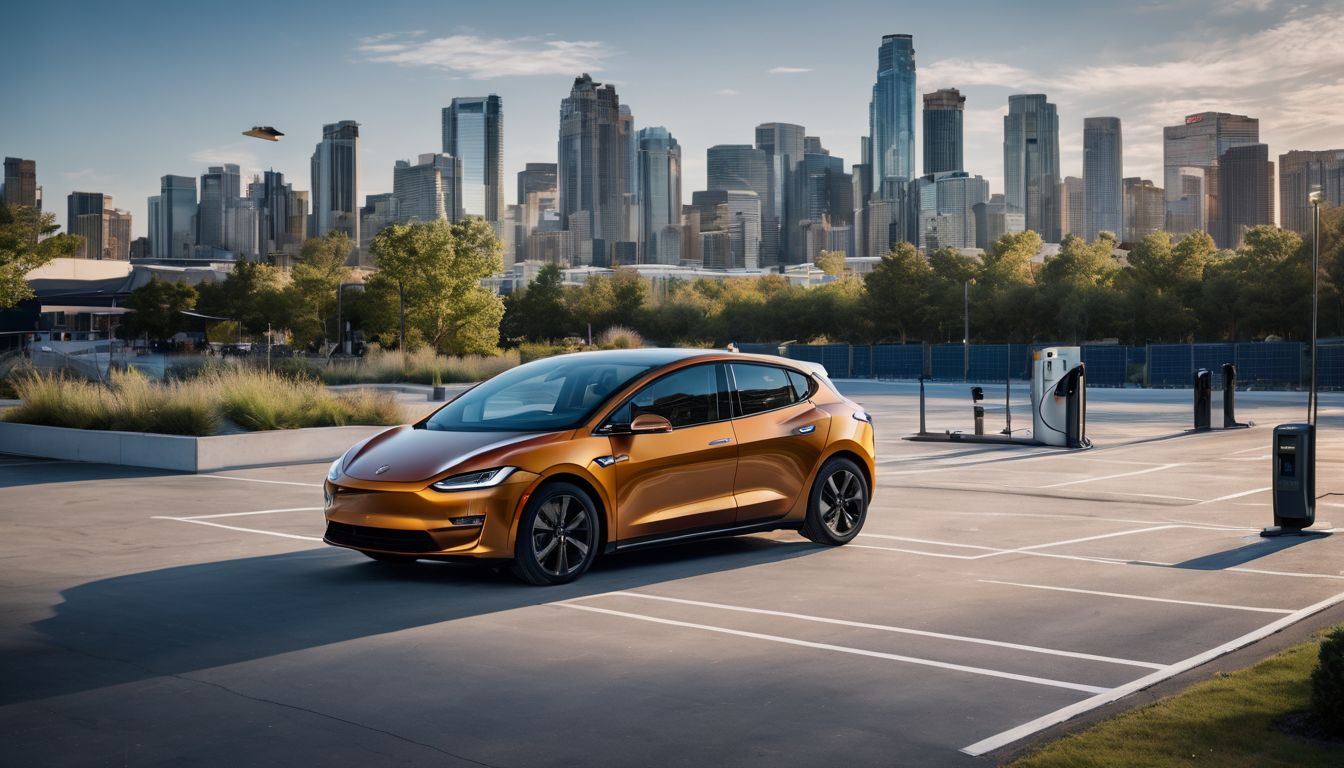We have our traditionalists, myself included, who want to preserve sacred past times like gathering around the fireplace with friends and family and reading a book or a newspaper in peace. Now, our world is cluttered with Facebook and Twitter updates, spam e-mail, links to new websites and endless advertisement pop-ups. Sometimes it is so nice to get away from powering on and powering off all the time and just sit down with a real paper book.
While the idea of sitting down with a real paper book is cozy and dreamy, my mind is plagued thinking about how harsh the production of books, magazines, and newspapers really is on the environment. Now we have electronic readers that can hold up to thousands of books on one device, thereby reducing the excessive need for paper and ink. So, what choice do we make? Here are some to think about when making your decision.
Environmental Impact of Paper Books

So, we all have wonderful memories of holding that old, crinkled favorite book in our hands that we just couldn’t stop reading over and over again. There’s nothing like going to an old bookstore and discovering a gorgeous edition of your favorite novel and adding it to your library collection so that you can pass it on to your children and grandchildren. In a world that is being taken over by computers, smart phones, iPads, etc., can we not just have one traditional past time? Although I love going to a bookstore or library and browsing for hours, holding real, tangible pieces of history, I know that the production and consumption of paper books is killing our environment.
It has been estimated that about 30 million trees are cut down annually for the production of books in the United States alone. It has also been estimated that every year about 30% of all books printed have been returned unsold, resulting in additional energy to return the books and turn them back into pulp. Another figure coming out of this “return” issue is that there are around 2.8 million trees being cut down each year and wasted on books that no one buys. Paper is not the only reason books, magazines and newspapers are harmful to the environment. Toxic petroleum-based black ink used to print these products is also taxing on the environment. In fact, inks that are not specifically metal-free (which is not what you will typically find) “regular inks, including the much-touted soy inks, still rely on pigments derived from zinc, copper, and barium metals that inevitably end up in the de-inking sludge at recycling mills.” This “de-inked” sludge is a waste product of the paper recycling process, and it mainly ends up in our landfills. The more environmentally friendly option is to pull out your library card and use it often ☺ You can also look into book trading options to get really creative!
Environmental Impact of Electronic Readers
Yes, the production of electronic readers such as the Kindle and the Nook, and iPads that store e-books leave a large carbon footprint, however they can store thousands of books on one small device! The second generation Kindle proves to produce the same amount of emissions as 15 paper books or 30 books purchased online. This comparison is crazy… in an environmentally sound kind of way! However, there has been debate as to whether the number of books it takes to offset the carbon footprint of the Kindle is 15 in person and 30 online, or actually 30 in person and 60 online purchases, thereby emitting 335.6 kg of CO2 during its lifespan rather than a previously estimated 168 kg per lifespan. This would mean that the physical books offset per year per e-reader would be 45 books. So, if you are going to be purchasing 45 books, you should definitely consider getting that e-reader. Also, think about all the ink that you will be saving the environment from—all those harsh chemicals produced and perhaps absorbed through your fingers and into your skin and body!
The nasty side of electronic reader is e-waste. Companies constantly come up with newer versions of our spiffy devices, and consumers hate to have the outdated versions of their gadgets. But what happens to all of your broken, outdated, or simply just no longer exciting e-readers? Most of them end up in landfills, leaking toxic chemicals into our environment. The United States sends most of its e-waste overseas in fact. So, if you can hold onto your e-reader for many years and resist the temptation to upgrade, then the e-reader just might be the better option of the environment. And when your device finally sees its final day, make sure to take your e-reader to an electronics recycling center instead of just putting it in your trash!
Cost Benefits
Keep in mind that that the latest version of the Kindle can hold up to 4 GB, which equates to around 3,500 books! For all the parents out there who have been spending 1000’s of dollars on school books for their kids’ English classes, now you can just download the classics onto your children’s e-readers for much, much less than buying the paper book. The Kindle Touch 3G for example, costs $149 and holds up to 3000 books. Not only that, but the e-readers come with many classics already installed for free! That’s nuts! With hardbacks costing around $25 these days and paperbacks around $15, it is clearly a good economic idea to look into an electronic reader… if you love to read of course!
Final Thoughts
Clearly, if you only buy a few books a year, it may not be worth it to buy an e-reader. But if you are an avid reader, it may be in your best interest financially as well as environmentally to invest in that Kindle, Nook, or iPad. Furthermore, buying an e-reader does not mean that you can NEVER buy a book again. If you see a beautiful edition of your favorite tale, by all means, go crazy, have fun and buy that book to have in your collection!




